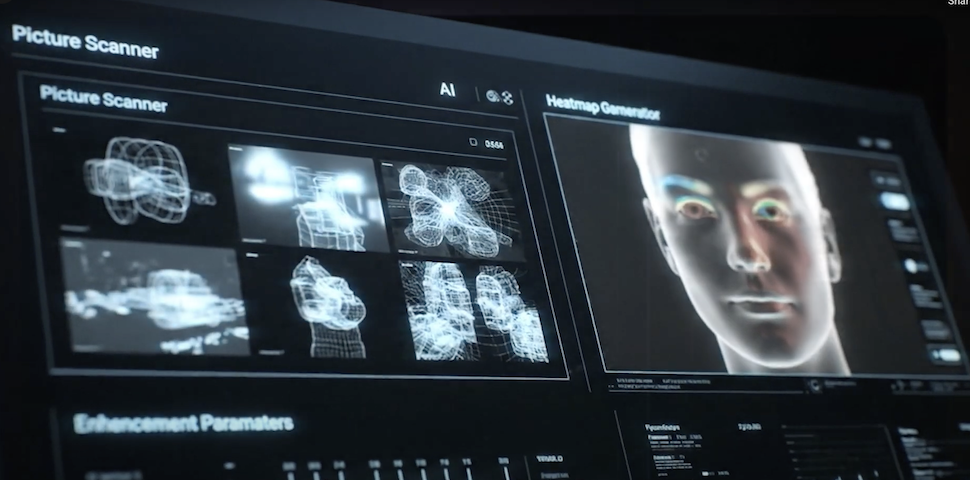Developer Offer
Try ImaginePro API with 50 Free Credits
Build and ship AI-powered visuals with Midjourney, Flux, and more — free credits refresh every month.
Topaz Labs Unveils AI That Thinks Like a Photo Editor
Dallas-based Topaz Labs has announced a major leap forward in photo restoration, revealing what it calls “the first fully agentic AI photo restoration system.” This groundbreaking project was developed in a significant collaboration with Texas A&M University, alongside scholars from prestigious institutions like Stanford University and Caltech.

A Digital Editor with a Mind of Its Own
Unlike traditional tools that require a human expert to select and apply various AI models for tasks like denoising, deblurring, or face recovery, this new agentic system automates the entire workflow. It integrates over 50 specialized AI models to autonomously analyze an image, create a restoration plan, and execute it, effectively mirroring the complex decision-making process of a professional human editor.
“We want to democratize professional-grade image quality,” said Xiaoyu Wang, head of AI at Topaz Labs. “Our agent diagnoses the photo, plans an action graph like a human editor, executes, checks its work, and adapts until the result is right. This is a first step toward true agentic image editing.”
The Four-Step Restoration Process
This new system automates the complex restoration process by following a methodical, intelligent workflow:
- Diagnose: It first examines the input image to identify all quality issues, such as noise, blur, compression artifacts, or facial imperfections.
- Plan: Based on the diagnosis, it creates a unique “action graph”—a tailored sequence of restoration steps designed specifically for that image.
- Execute: The system then carries out the plan, selecting the appropriate tools from its library of over 50 specialized AI models.
- Evaluate and Adapt: After each step, it assesses the output quality. If the results are not optimal, it revises the plan and tries a different approach, continuously adapting until the best possible image is achieved.

A Powerhouse Academic Collaboration
This project began as a research partnership with Texas A&M University and grew to include contributions from scholars at Stanford University, Caltech, CU Boulder, UT Austin, UC Merced, and even Snap Inc. Topaz Labs provided the research direction, funding, and system integration to guide the collaborative effort.
“What makes this system different is that it doesn’t just apply models blindly,” Wang explained. “It perceives the image, reasons about what’s wrong, and chooses the right tools to fix it. If the results aren’t good enough, it reflects and replans. That ability to adapt makes it fundamentally new.”
Why This Breakthrough Matters
The team believes this technology represents a significant paradigm shift. “This work represents a paradigm shift from passive AI models to active, reasoning systems,” noted Zhengzhong Tu, assistant professor at Texas A&M University. “By embedding perception, planning, and reflection into a single framework, we’re moving closer to AGI that truly collaborates with humans in creative and professional workflows.”
To accelerate progress in the field, the team has open-sourced the system. The key benefits include:
- Democratization of Quality: Allows anyone to achieve professional-grade image restoration without needing expert knowledge or expensive tools.
- A Foundation for the Future: New AI models can be seamlessly integrated into the agentic workflow as they are developed.
- Broad Applicability: The system has proven effective on a wide range of images, including natural photos, CGI-generated content, and even scientific imagery like X-rays.
- Raising the Bar: Open collaboration encourages higher standards for quality across the entire imaging industry.
Compare Plans & Pricing
Find the plan that matches your workload and unlock full access to ImaginePro.
| Plan | Price | Highlights |
|---|---|---|
| Standard | $8 / month |
|
| Premium | $20 / month |
|
Need custom terms? Talk to us to tailor credits, rate limits, or deployment options.
View All Pricing Details

